
views
- Clap and do the pat-a-cake gestures in front of your baby or toddler to help them learn the motions.
- Alternatively, clap your own hands with your partner’s hand if you’re playing with an older child.
- Personalize the game by inserting the child’s name into the rhyme (rather than using the word “baby”).
Pat-a-Cake Words & Gestures
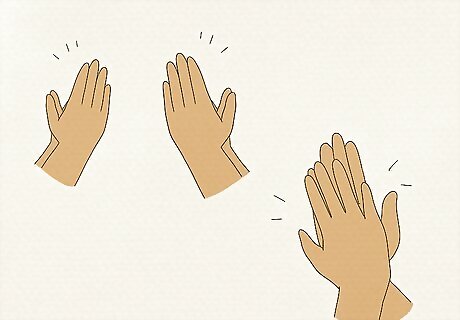
“Pat-a-cake, pat-a-cake, baker’s man, bake me a cake as fast as you can”Use your own hands to clap your baby or toddler’s hands together to the rhythm of the rhyme. If you’re playing with an older child rather than a baby/toddler, alternate between clapping your own hands and clapping one of your hands against one of your partner’s. The pattern goes like this: Clap your hands together Clap your left hand against your partner’s left hand Clap your hands together Clap your right hand against your partner’s right hand
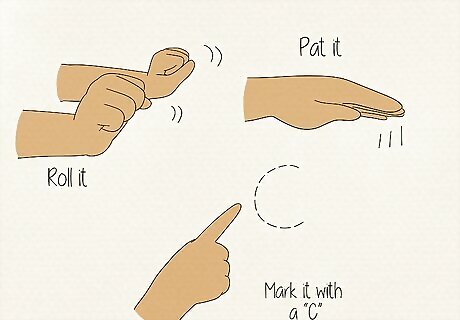
“Roll it, and pat it, and mark it with a B” Make a rolling motion with your hands, as if you’re rolling out a piece of dough with a rolling pin. Then, slap your hand downward, as if you’re giving the dough a good pat. Once you arrive at the “mark it with a B” line, draw the letter “B” in the air with your finger. If you’re playing with a baby or toddler, guide them through these different motions. A “pat-a-cake” isn’t actually a real dessert (or cake). With this in mind, it might be easier to envision rolling out a piece of bread dough or pie crust rather than cake dough. Tip: Personalize the game by switching out the letter “B” with the first name of the child you’re playing with (like “C” for “Carla”).
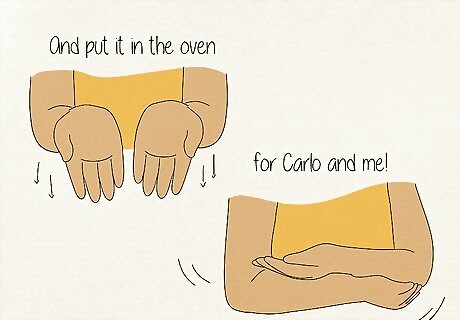
“And put it in the oven for baby and me!” Hold your hands next to one another with your palms facing up. Then, glide both hands forward to simulate putting something in the oven. When you get to the “baby and me” line, hold your arms together (as if you’re cradling a baby) and rock them back and forth. Continue to walk your baby or toddler through these motions as you finish the rhyme. It’s okay if they can’t do the motions themselves just yet—what matters is that they’re watching you do it.
Pat-a-Cake Origins

The original pat-a-cake rhyme dates back to the late 1600s. Way back in 1698, British writer Thomas d’Urfey published a play known as The Campaigners, which featured the very first version of the pat-a-cake rhyme. While kids weren’t the target audience of this play, there’s no denying that pat-a-cake rhyme originally from that play grew into a common household staple.
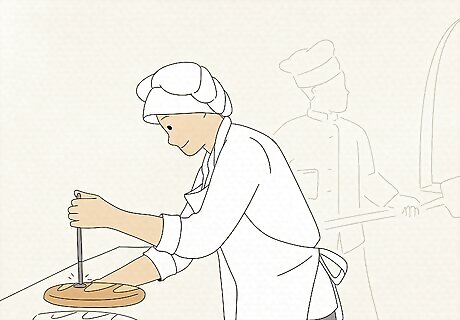
The “marking” mentioned in the rhyme is what bakers did in the 1600s. Back in 17th-century England, many bakers had to share ovens—because of this, they would often “mark” their baked goods to help distinguish them. The “mark it with a B” line likely pays homage to that practice, seeing as the original rhyme came to be in 1600s England.
Benefits of Playing Pat-a-Cake

Rhymes help babies begin to learn language. The rhymes in songs like “pat-a-cake” help babies and toddlers learn how to say certain words, while also helping them begin to sort out words based on how they sound. This provides them with a great foundation for beginning to understand and participate in language, even if they aren’t quite old enough to speak and hold real conversations yet.
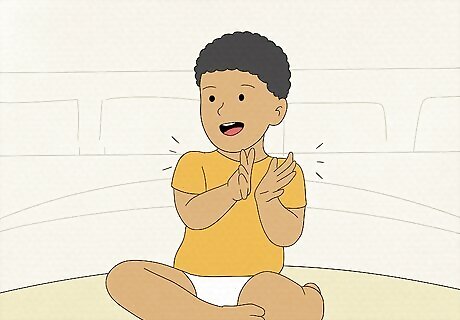
The clapping patterns help with your baby’s motor skills. Inviting your little one to clap actually gives their motor skills a boost, especially when they’re clapping in time with the rhyme. Their hand-eye coordination also improves as they watch and imitate their parent/guardian/caretaker acting out the different motions. This activity can even give their social and verbal development skills a boost as they learn to engage and participate in the rhyme with you.













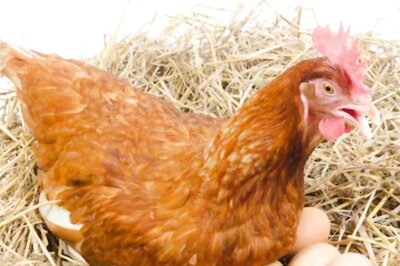


Comments
0 comment